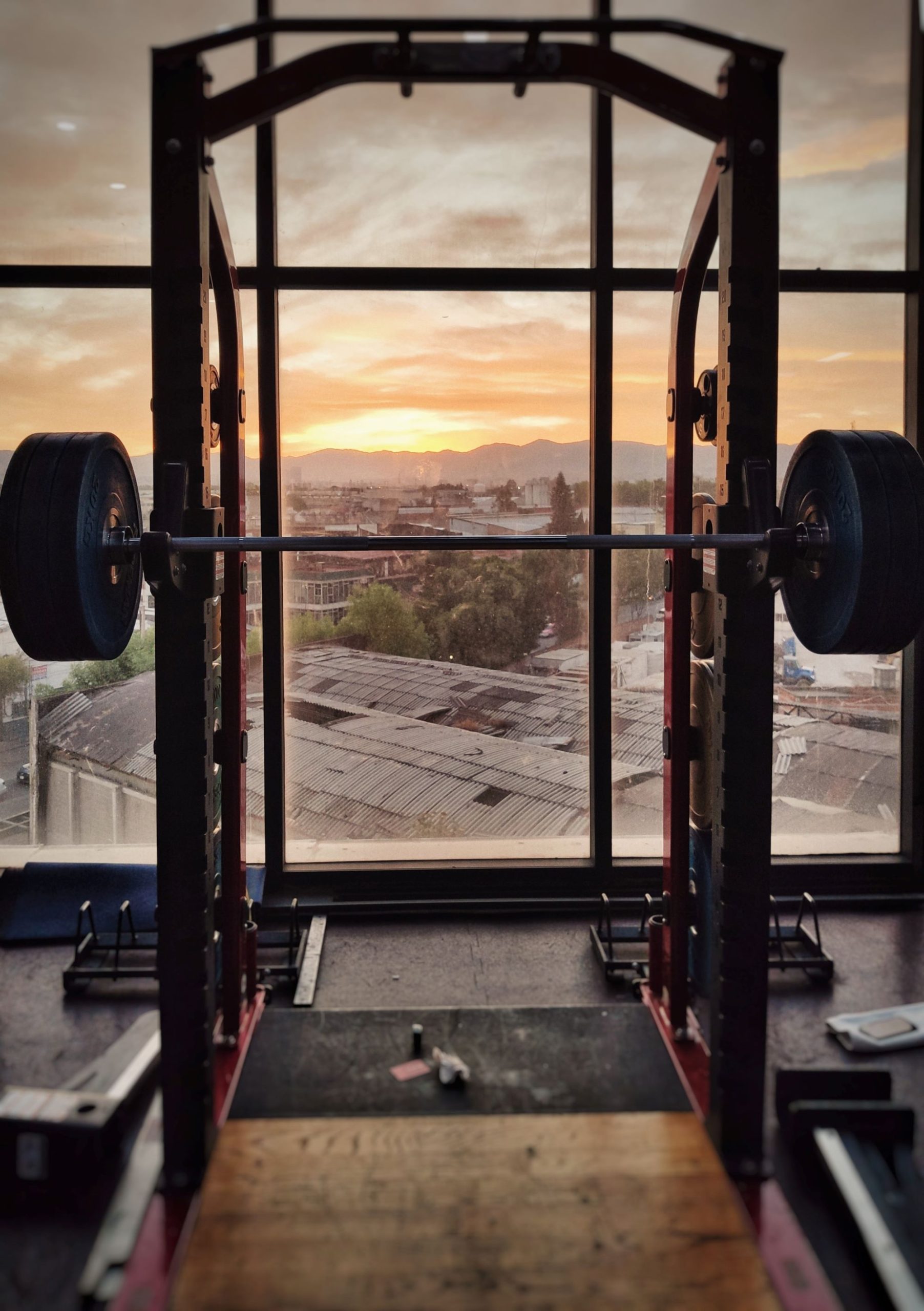The back squat, often referred to simply as “the squat,” is a cornerstone exercise in the world of fitness and strength training. It is a compound movement that engages multiple muscle groups simultaneously and offers a wide range of benefits for individuals of all fitness levels. In this blog post, we will explore the importance of the back squat and how to perform it correctly to maximize its benefits
why should you squat?
Builds Strength and Muscle Mass
The back squat is renowned for its ability to build lower body strength and muscle mass. It primarily targets the quadriceps, hamstrings, glutes, and lower back muscles. As a result, incorporating squats into your workout routine can lead to significant gains in lower body strength and muscle definition. Some fitness coaches have gone forward and argued that the squat can be termed to be a full body exercise. Reason being, it involves all the major muscles in the human body.
Enhances Functional Fitness
Functional fitness is the ability to perform everyday activities with ease and efficiency. Squats are a functional movement that mimics actions like sitting down and standing up. By including squats in your fitness regimen, you can improve your overall mobility and make daily tasks feel less strenuous. Majority of us work in the corporate sector, that involves sitting all day behind a desk trying to solve issues. After a prolonged period of doing so, we tend to experience lower back problems despite our young age. What I am trying to simply say is please squat. By doing so, you can fix many problems in your body and you will be free to move around with major discomforts.
Boosts Metabolism
Compound movements like the back squat require a considerable amount of energy and effort. This means that when you incorporate squats into your workouts, your metabolism gets a substantial boost. A higher metabolic rate can help with weight management and fat loss.
Improves Core Stability
Proper squatting technique involves bracing the core muscles, which helps to stabilize the spine and reduce the risk of injury. Consistent squatting can lead to improved core strength and better posture, benefiting not only your workouts but also your daily life.
Increases Bone Density
Weight-bearing exercises like the back squat have been shown to increase bone density, reducing the risk of conditions like osteoporosis. Strong bones are essential for long-term health and mobility. Believe me when I say, even at your old age, your bones will be stronger compared to your peers who sat all day and drunk booze while you were busy working out. Remember, our greatest investment is our health.
how to perform the back squat.
Now that we’ve established the importance of the back squat, let’s discuss how to perform it correctly to reap the full benefits while minimizing the risk of injury.
1. Set Up Your Equipment:
– Place a barbell on a squat rack at chest height.
– Ensure the bar is loaded with an appropriate weight for your fitness level. Please know your limits and do not over exceed them. It’s dangerous.
2. Position Yourself Under the Bar:
– Stand facing the bar, with your feet shoulder-width apart.
– Duck under the bar and position it across your upper back, resting it on your traps.
– Grip the bar slightly wider than shoulder-width apart.
3. Get into the Right Stance:
– Position your feet with toes slightly turned out.
– Keep your chest up and your back straight.
– Maintain a neutral head position, looking straight ahead.
4. Perform the Squat:
– Initiate the squat by pushing your hips back and bending your knees.
– Lower your body until your thighs are at least parallel to the ground or as far as your mobility allows.
– Keep your knees in line with your toes, and avoid letting them cave inward.
– Maintain a tight core throughout the movement.
– Push through your heels to stand back up, fully extending your hips and knees.
5. Safety Tips:
– Always use proper form and technique to prevent injury.
– Start with a lighter weight to practice your form before adding more weight.
– If you’re new to squats, consider working with a fitness professional to ensure proper form.
The back squat is a powerful exercise that offers a wide range of physical benefits, from increased strength and muscle mass to improved functional fitness and bone density. However, it’s crucial to perform this exercise correctly to avoid injury and maximize its advantages. Whether you’re a seasoned lifter or just beginning your fitness journey, the back squat should be a fundamental component of your workout routine. So, grab that barbell, hit the squat rack, and start reaping the rewards of this essential exercise.





